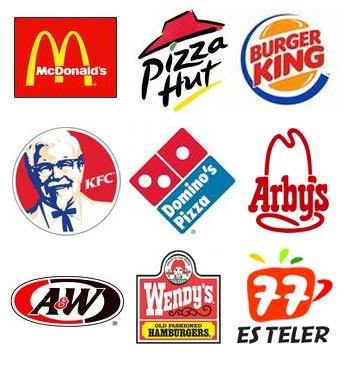International business is essentially all
forms of commercials transactions that take between 2 more regions, countries
or nations beyond their political boundary. In my previous post I talked about
globalization, well international business is a direct effect from
globalization.
There are a couple of reasons why people
tend to bring their businesses overseas. Essentially each reason boils down to
creating more revenue or profit for the company.
The 1st reason would be to
expand your consumer base so that you grow as a company and become better
recognized all over the globe. In other words, expanding your company! This
will only work if you can fully comprehend the market you wish to enter as
misunderstanding your new market could have dire effects. An example would be
Mattel, a free standing Barbie store was built in Shanghai and it had 900 display
cases, a spa and a cocktail bar, and other various attractions. That’s quite a
commitment in a market where Barbie is relatively unfamiliar and doesn’t have
the audience base to guarantee a return on the investment. The
36,000-square-foot, six-story Barbie store was open only two years before
Mattel decided to close up shop.
The next reason businesses go overseas
would be to lower their cost of production. There are an uncountable number of
examples on how outsourcing has made production costs drop for various
companies. For example, we look at Apple, majority, if not all, of their
products are made and assembled in China. However, the company has come under
fire as news has leaked that their production practices are not ethical. As a
result we see a strange phenomenon, where instead of outsourcing, companies
like Apple are starting to insource back to their home country, in this case
America. This is probably done to improve their public image in my opinion.
There are a number of ways a business can
choose to go international.
1.
Outsource
This does not
refer to the manufacturing process but could also be the management level being
outsourced.
2.
Importing and Exporting
This essentially
just requires a company to send goods from 1 point to another. The company’s
location is also not important in this case. For example my dad’s company. He
exports cameras from Dubai to Russia but his company is based in Singapore.
3.
Franchising
A franchise
provides an established product or service that may already enjoy widespread
brand-name recognition. This gives the franchisee the benefits of a pre-sold
customer base that would ordinarily take years to establish. Popular examples
of franchises would be McDonalds, Subway and Starbucks.
4.
Joint Venture
A joint venture
is a strategic alliance where two or more parties, usually businesses, form a
partnership to share markets, intellectual property, assets, knowledge, and, of
course, profits. A joint venture differs from a merger in the sense that there
is no transfer of ownership in the deal. An example could be Sony-Ericsson, a
Japanese and Swedish telecommunications company respectively, to make mobile
phones.
5.
Licensing
The final way I
will talk about is Licensing, do not that there are other ways as well. Licensing
lets you instantly tap the existing production, distribution and marketing
systems that other companies may have spent decades building. In return, you
get a percentage of the revenue from products or services sold under your
license. Licensing fees typically amount to a small percentage of the sales
price but can add up quickly. For example, about 90% of the $160 million a year
in sales at Calvin Klein Inc. comes from licensing the designer's name to
makers of underwear, jeans and perfume. The only merchandise the New York-based
company makes itself, in fact, is its women's apparel line.
Finally, to evaluate whether the company
should expand overseas and where, we can use our old friend, the PESTLE tool.
Political
Is the government stable?
Economical
Is the business environment of the country
conducive for your company?
Social
What is the socio-cultural aspect of the
people in a targeted country.
Technological
Is the country able to provide the
essential technological infrastructure to support your business?
Legal
Is there legitimate trade agreement with
this other country? What about the trade union?
Environmental
Are there natural resources in the country?
I hope through my blog post, I have shown
the reasons as well as the way and how to set up an International Business.
Material Links:
1. http://en.wikipedia.org/wiki/International_business
2. http://www.internationalbusinessguide.org/10-successful-american-businesses-that-have-failed-overseas/
3. http://www.forbes.com/sites/connieguglielmo/2012/12/08/apple-loop-tim-cook-talks-mac-in-the-usa-the-steve-jobs-patent-kutcher-in-jobs-costume/
4. http://ecommerce.hostip.info/pages/825/Outsourcing-OUTSOURCING-EXAMPLES.html
5. http://www.franchise.org//franchiseesecondary.aspx?id=52630
6. http://wiki.answers.com/Q/Examples_of_joint_ventures?#slide=12
7. http://www.entrepreneur.com/encyclopedia/licensing


